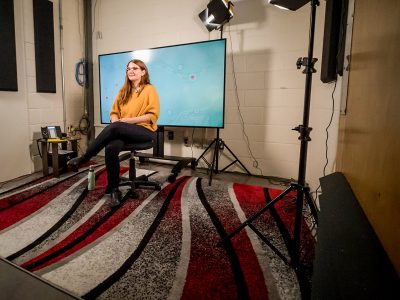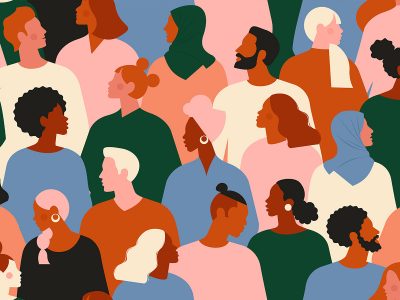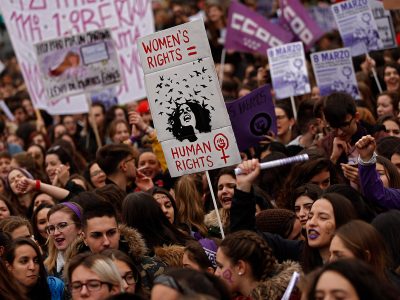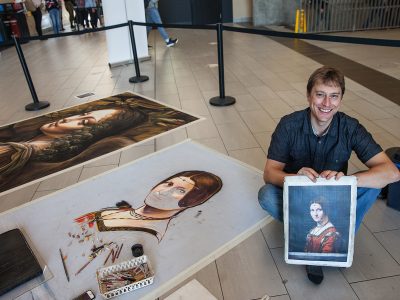By Dan Rubinstein
In 2015, the Truth and Reconciliation Commission of Canada’s final report estimated that between 4,000 and 6,000 children died at residential schools. Hundreds were buried in unmarked graves and no information was shared with their families.
Six years later, ground-penetrating radar revealed more than 200 potential burial sites near the former Kamloops Indian Residential School in southern British Columbia — a horrific but not unexpected discovery that ignited a national awakening.
Dozens of Indigenous communities across the country are now pursuing similar investigations. Some are fairly far along in the search for graves and records of missing children, while others are just starting.
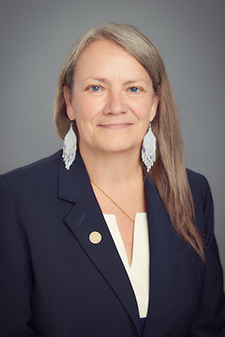
Kimberly Murray
To help communities, survivors and Indigenous leaders navigate this complicated and painful process, and to help Canada figure out how to move forward, last June the federal government appointed Mohawk lawyer and Carleton University graduate Kimberly Murray as Independent Special Interlocutor for Missing Children and Unmarked Graves and Burial Sites associated with Indian Residential Schools.
“My role is really about talking to people,” says Murray, who served as Ontario’s first Assistant Deputy Attorney General for Indigenous Justice from 2015 to 2021 and, from 2010 to 2015, was the executive director of the TRC.
She will deliver a keynote address at an Orange Shirt Day ceremony at Carleton on Sept. 30.
“I’m talking to communities and survivors about what sort of supports they need from the federal and provincial governments and from churches to be able to do the searches and what access to records they need for this sacred work of recovering the children.
“My job is to continue a conversation that became part of the Canadian narrative after Kamloops. But that conversation has been happening for decades. Kamloops has put it in the national and international spotlight.”
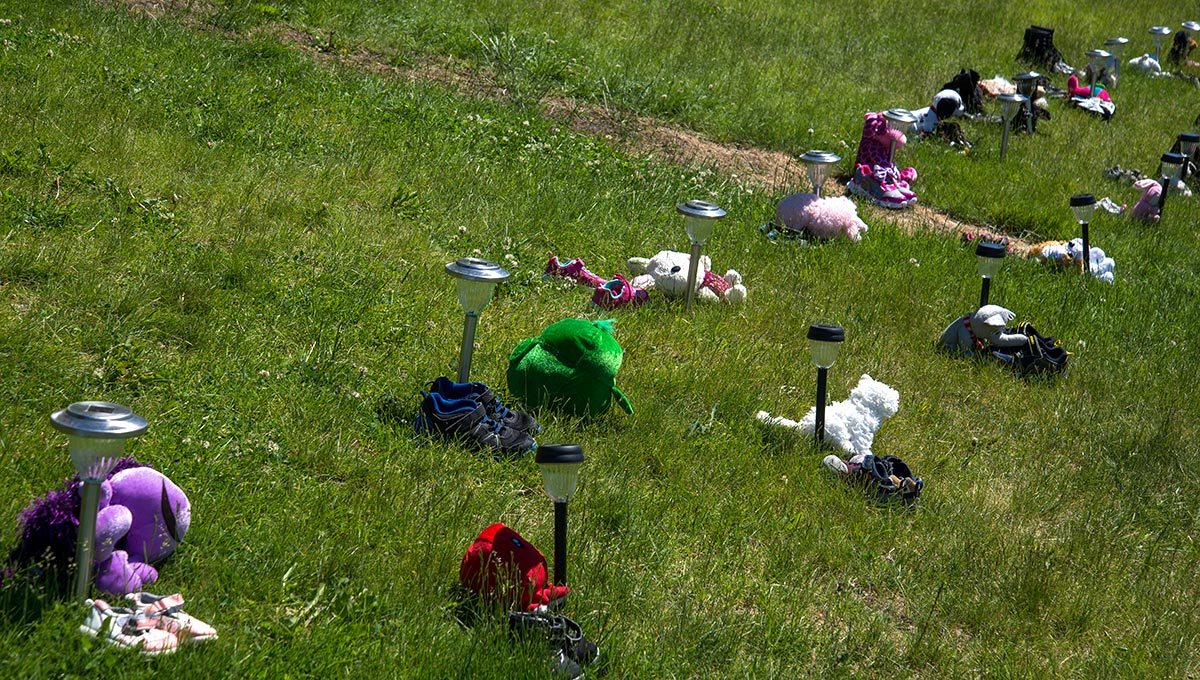
Bringing Indigenous Communities Together
Since starting her new position, Murray’s office has been organizing gatherings where communities can share information and learn from one another, including a recent event in Edmonton with sessions on subjects such as ground penetrating radar technologies, forensic anthropology and wellness supports needed before, during and after searches.
“Lots of people have questions about ground-penetrating radar and how to get their data analyzed or how to even start a search,” explains Murray.
“I’m constantly on the phone or Zoom or travelling to communities which are at different stages on the continuum, from thinking about how to get started to planning the excavations, or anywhere in between.
“Everybody is organizing themselves in different ways,” she adds. “For some, the work is being coordinated by leadership, by the elected chief and council, while others are setting up their own survivor-led organizations. We’re really trying to bring communities together so somebody in Alberta, for example, can share information that helps somebody in Quebec.
“Communities need to document evidence in a way that will be acceptable in court processes, which is very challenging when you consider that these children have been buried for decades.”
There is a mix of legislation across the country, and records are scattered amongst provincial and territorial governments as well as churches, hospitals and other institutions. This makes it difficult for communities to find out what happened to their children and what choices they have now.
To Murray, this process feels like a continuation of “unfinished work that the TRC only just started,” and a sense of responsibility keeps her motivated.
“Every time I speak with an Elder, they always remind me and our whole team that we were chosen to do this sacred work, that the children chose us,” she says.
“That’s not something you can say no to.”
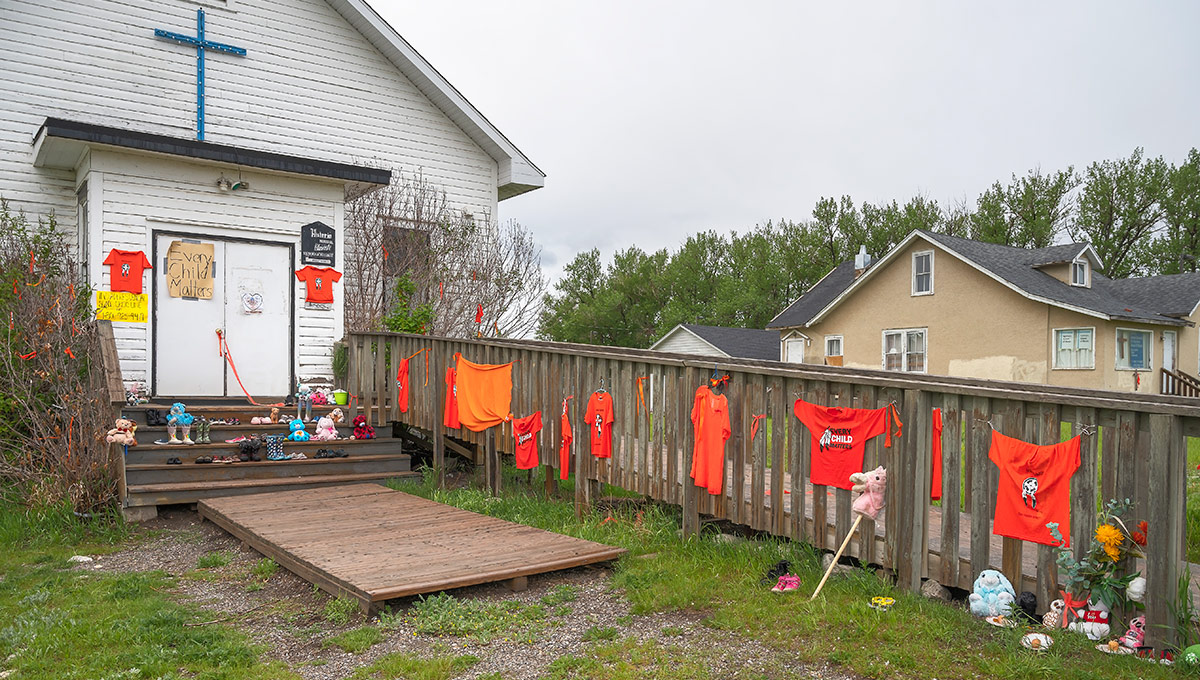
Making Her Ancestors Proud
Murray, who grew up mostly in the suburbs of Montreal, started attending Carleton when she was 17. She initially wanted to study accounting, because that’s what her father did, but quickly switched to a double major in English and law because it was more aligned with her personality.
“I’m more of a people person than a numbers person,” says Murray. “Being a lawyer can be like being a social worker. It’s a way to help people.”
At Carleton, where she lived in residence for two years, she made many lifelong friends and, thanks to the university’s location in the national capital, learned about the connections between law and public policy.
“Law is much more than court cases,” says Murray, who was the executive director of Aboriginal Legal Services in Toronto for 15 years before moving on to the TRC, the provincial government and her current role.
“When I was working in Ontario’s Indigenous Justice Division it was not easy working for government,” she says about her career journey.
“Former Supreme Court judge Frank Iacobucci told me one day, ‘Just remember, Kim, you’re on the right side of history.’
“That’s always in the back of my mind. I want to do everything I can to make my ancestors proud. That helps keep me going.”
Tuesday, September 27, 2022 in Community, Human Rights, Indigenous
Share: Twitter, Facebook
